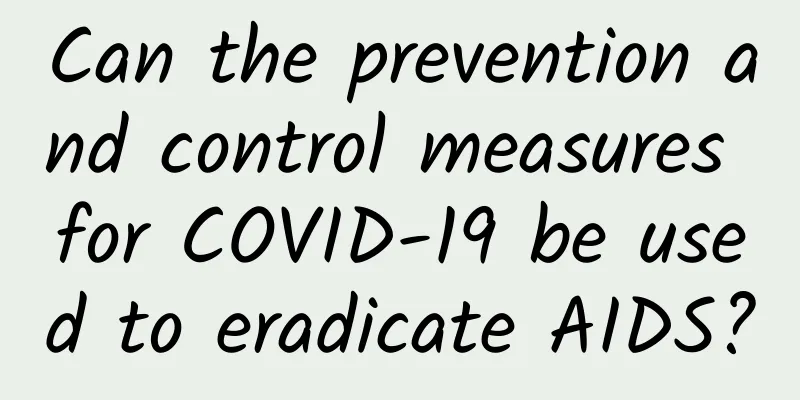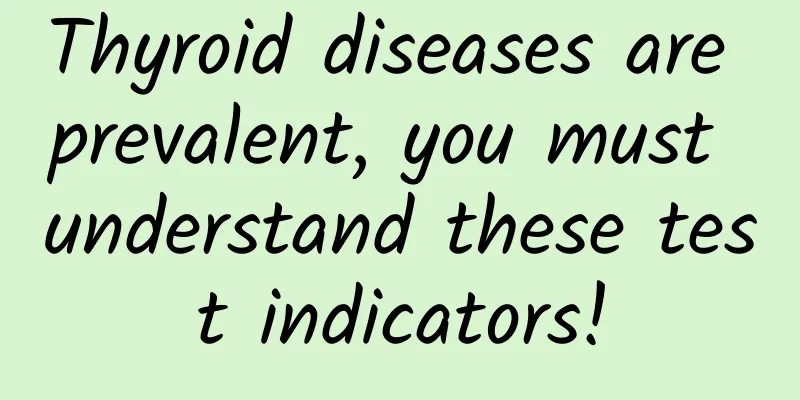Can the prevention and control measures for COVID-19 be used to eradicate AIDS?

|
AIDS and the new coronavirus epidemic have a huge impact on human civilization. We all know that the prevention and control of COVID-19 is done through isolation measures. Isolation and observation measures are taken for close contacts, secondary close contacts or people who have been exposed to environments that may be infected with the COVID-19, and isolation and treatment measures are taken for those infected with the COVID-19. So if we apply the prevention and control measures for COVID-19 to the prevention and control of AIDS, can we eradicate HIV? AIDS was first reported in the United States on June 5, 1981. As of the end of 2020, the global cumulative number of HIV infections was nearly 80 million, with 37.7 million living HIV-infected people and AIDS patients, and a cumulative death toll of more than 40 million. As of April 10, 2020, there have been approximately 500 million confirmed cases of COVID-19 and approximately 6 million deaths worldwide. It can be seen from the data that the mortality rate of AIDS is much higher than that of COVID-19. It is no exaggeration to say that AIDS is the "plague of the century." AIDS has been given too much social morality due to the special transmission route. So once a person is diagnosed with HIV, his future life will be completely rewritten. Many people have developed AIDS phobia due to so-called "high-risk behaviors", which has seriously affected their lives and work. Some people have thousands of ideas in their minds, but they cannot implement them because they are afraid of AIDS. Many people hope to prevent and control AIDS by taking measures similar to those used to prevent and control COVID-19. However, from a professional perspective, this is not feasible! There are several reasons for this. 1. The incubation period of AIDS is too long The period from infection with pathogens to the manifestation of corresponding clinical symptoms is called the incubation period. The incubation period varies for different diseases. The longest incubation period of COVID-19 is 14 days, with an average incubation period of 2-7 days and a median incubation period of 4 days. Therefore, we can quarantine and observe people who have been in contact with COVID-19 cases (close contacts) and people who have been exposed to environments that may be infected with COVID-19 (high-risk areas) for a full 14 days. If there are no clinical symptoms during this period and the corresponding tests are negative, the infection can be completely ruled out and the quarantine can be lifted. The average incubation period of AIDS is 2 to 10 years, with a maximum of 25 years and a minimum of half a year. The incubation period varies depending on the route of transmission. For blood transmission such as sharing syringes for drug use and blood transfusion, the incubation period is 2 to 5 years; for male homosexual behavior (MSM), the incubation period is 5 to 8 years; for heterosexual behavior, the incubation period is 8 to 10 years. The incubation period varies depending on the physical condition of the infected person. If we quarantine HIV-infected people for observation, firstly, it will take too long and be unrealistic; secondly, it will be inhumane. Therefore, it is impossible to detect HIV-infected people through quarantine observation. 2. AIDS has special transmission routes The transmission route of the new coronavirus is respiratory droplets. When an infected person breathes, he or she will expel droplets into the air. If another person inhales droplets containing the virus, he or she may be infected. This process does not require a medium or particularly close contact and is easy to achieve in real life. There are three ways of HIV transmission: sexual transmission, blood transmission, and mother-to-child transmission. HIV transmission requires contact with the infected person's blood, semen, vaginal secretions, breast milk, amniotic fluid and other body fluids, which is difficult to achieve in daily life. In order to come into contact with the above body fluids, "intimate" contact is required. In daily life, hugging, shaking hands, eating together, working together, and polite kissing will not spread the disease. Therefore, to avoid contracting AIDS, just avoid "close" contact with infected people and there is no need for isolation. 3. AIDS cannot be cured Patients infected with the novel coronavirus can be completely cured or self-healed through treatment. Generally speaking, the course of the disease will not exceed 20 days, and the current Omicron strain has a shorter course. Infected people are isolated and treated, and when they recover or are cured, they can return to normal life. There is no drug or method that can cure AIDS, and infected people cannot heal themselves and need to take medicine for life. If HIV-infected people are isolated for treatment, it may be a "life sentence" for the infected people. Based on the above analysis, it is impossible to adopt the same prevention and control measures for AIDS as for COVID-19. However, AIDS can be prevented, as long as you avoid "close" contact with infected people. (Author: Wu Xueyan) |
>>: How to deal with the tormenting cervical spondylosis
Recommend
Normal values of six menstrual hormones
The six menstrual hormones are a relatively impor...
The tragedy of elderly "diabetics" - non-ketotic hyperosmolar syndrome of diabetes
Author: Chen Ruihua, deputy chief physician, Shan...
The multiple hazards of mobile phone radiation to pregnant women
The physical health of pregnant women is what the...
What causes uterine prolapse during confinement?
Many women feel a feeling of falling in their low...
What are the harms of sleeping late to women?
Many women now have the habit of going to bed lat...
Gynecological inflammation can cause skin
The female physiological structure determines tha...
The harm of gynecological inflammation and adnexitis
There are many types of gynecological inflammatio...
Pain and itching in the genitals at night should be taken seriously
Because the female genitals are in direct contact...
Washing cups before work or after get off work, which is healthier? The best time to wash cups is...
In our daily lives, there are many small habits t...
Is it good to drink yogurt during menstruation? What should I pay attention to?
Some girl friends like to drink yogurt very much,...
What is the meaning of ABO?
What does ABO mean? Many people see ABO in novels...
How big is breast fibroid tumor and need surgical removal?
Whether breast fibroadenoma should be surgically ...
When will School 2020 be broadcast? Korean drama School 2020 update time
School 2020 is a Korean drama that many people ar...
What should I do if I have stomach pain before my period?
Before their menstrual period, women may experien...
How to consider the mating of a chinchilla bear successful? How to take care of a pregnant chinchilla bear?
Chinchillas are also called golden hamsters. They...









